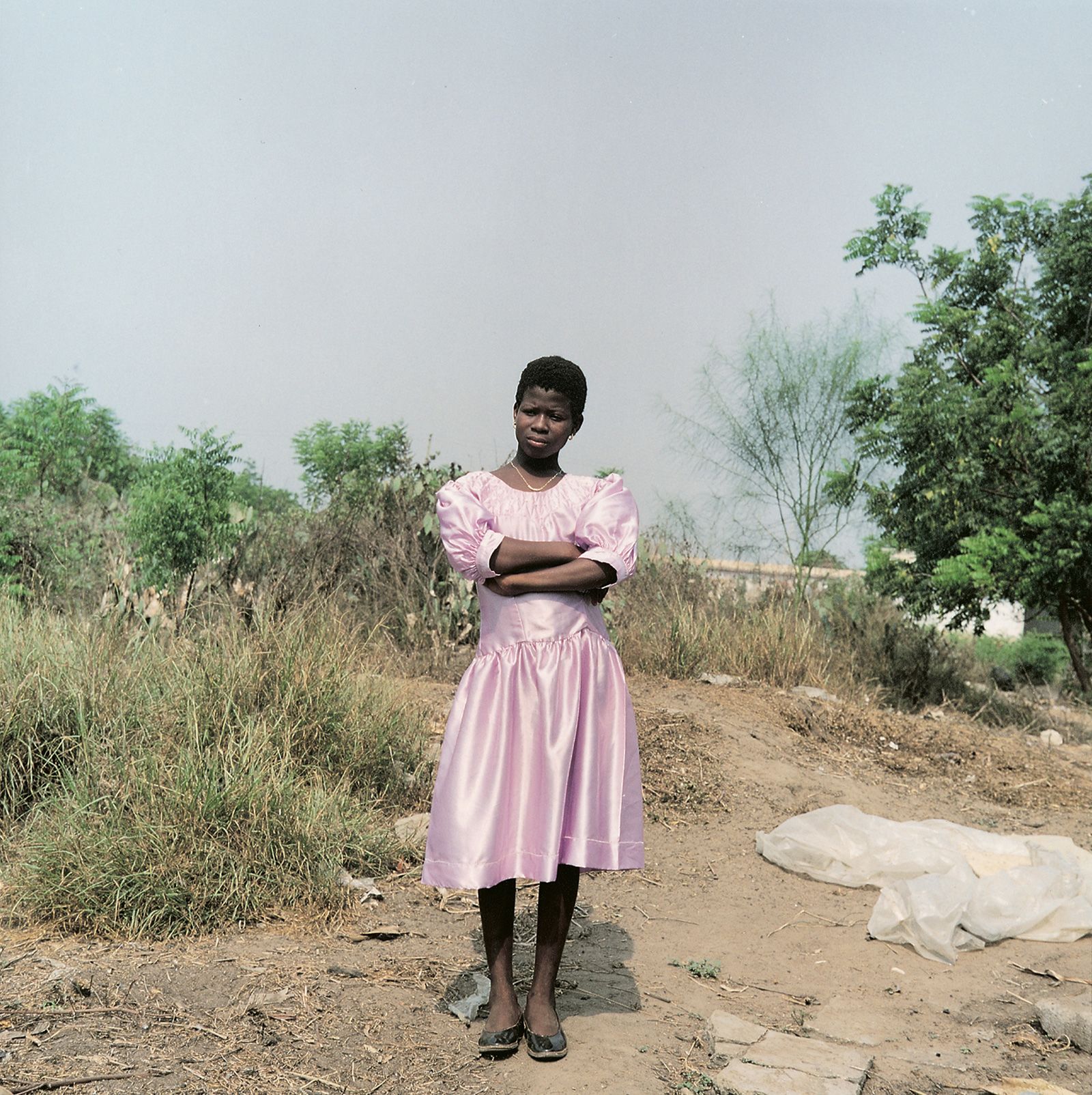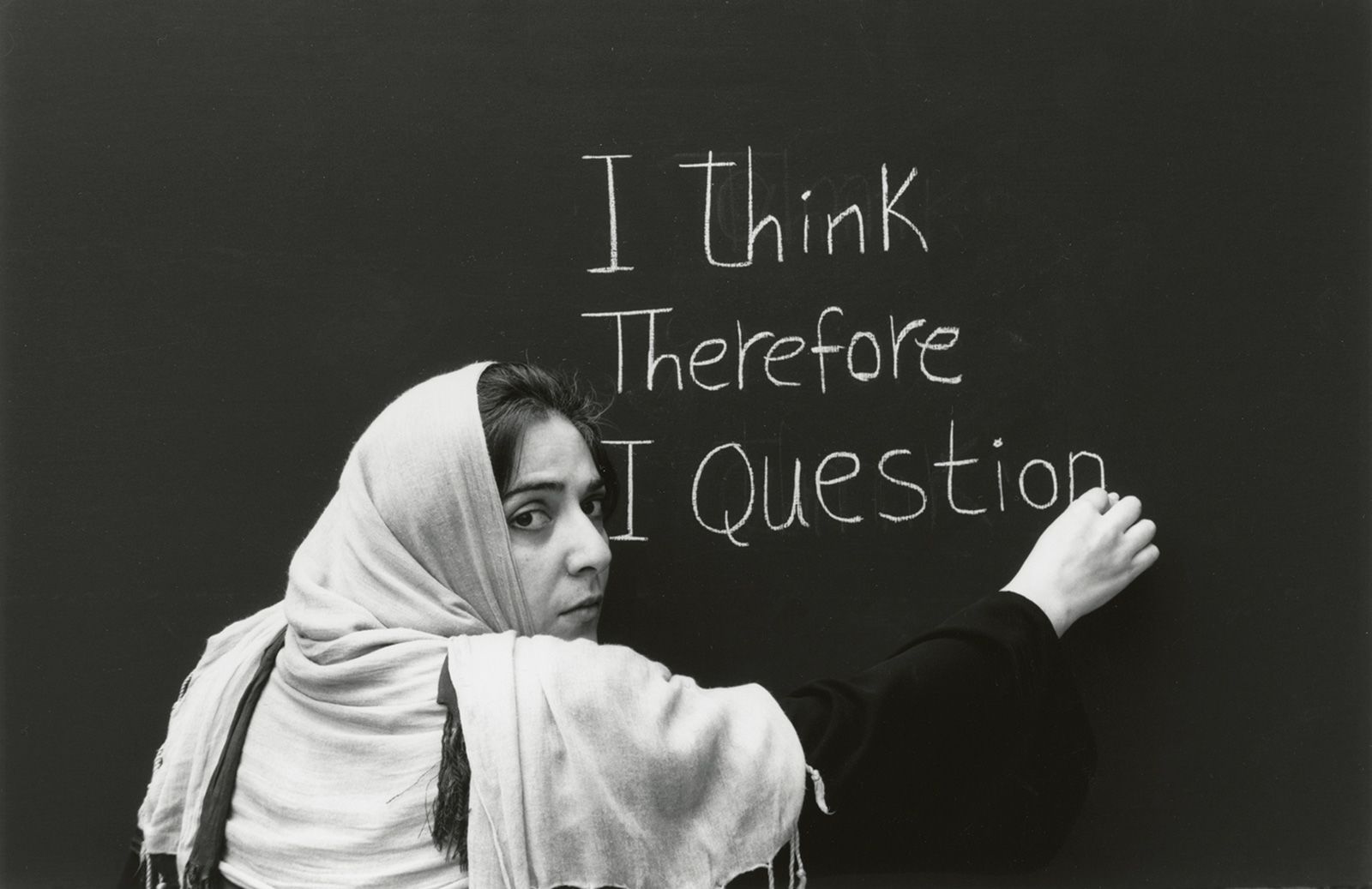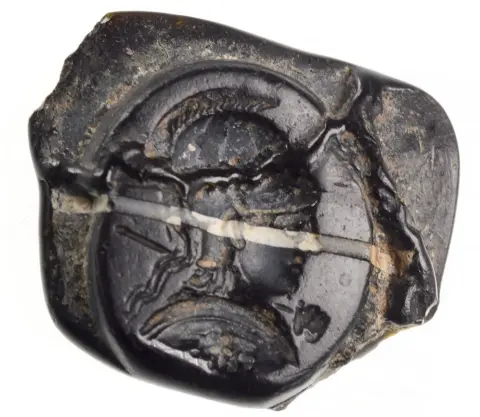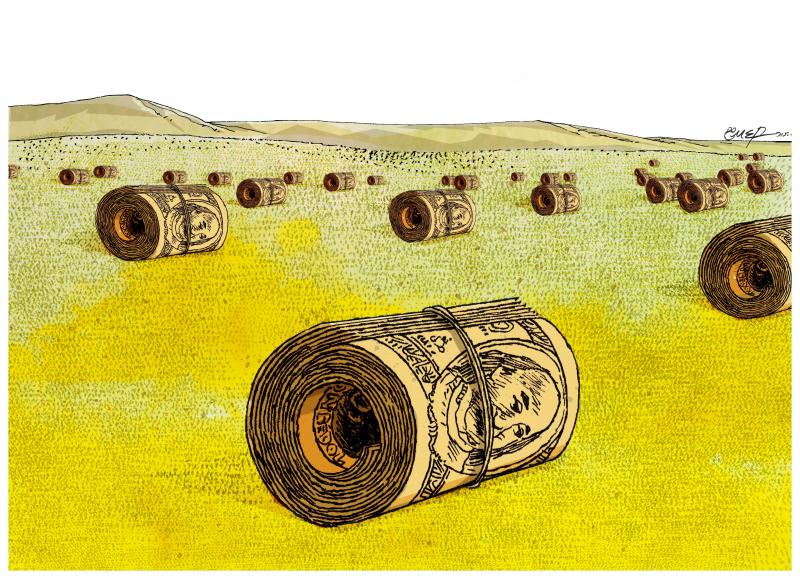Basit Mahmood
With yet another major pledge broken in an election year, here’s how some of the voices on the left reacted to the news

The UK has once more entered recession, despite Rishi Sunak’s repeated claims that the economy had ‘turned a corner’. The latest figures from the Office for National Statistics are a major blow to Sunak’s authority, given that he had promised to ‘grow the economy’ as one of his five key pledges to voters when he took office.
With yet another major pledge broken in an election year, here’s how some of the voices on the left reacted to the news.
The Trades Union Congress slammed years of ‘Tory stagnation’. Responding to today’s GDP figures, showing GDP fell by 0.3% in the fourth quarter of 2023, TUC General Secretary Paul Nowak said: “The UK economy is in dire straits. After years of Tory stagnation, we are now in technical recession.
“The Conservatives’ economic failures are hitting jobs and living standards. With household budgets at breaking point, spending is down and the economy is shrinking. At the same time our crumbling public services are starved of much-needed funding.
“After being in power for 14 years, the Tories have driven our economy into a ditch and have no idea how to get out.
“It’s time for a government with a serious long-term plan and strategy for renewal, to revive our economy and sustain growth into future.”
Labour’s Darren Jones, Shadow Chief Secretary to the Treasury, told Times Radio: “The fact we are now in recession shows that his plan has failed and the Conservative Party has run out of ideas for turning it around.”
Jones went on to add that GDP per head has been declining quarter on quarter across the whole of the last year, highlighting how the public has endured the largest reduction in real living standards since the 1950s.
LFF columnist Prem Sikka blamed the Tory government for the recession. He posted on X: “UK economy fell into recession at the end of last yr. Crisis made by the Govt – Real wage cuts, high rents & interest rates; no curbs on profiteering; soaring cost-of-living.
“Govt doing more of the same, enriching a few. Must redistribute income/wealth.”
The New Economics Foundation posted on X: “It’s no surprise the UK fell into a recession at the end of last year given this government’s long standing mismanagement of the economy and the Bank of England’s panicked interest rate rises.
“This government’s longstanding failure to invest means that the UK will struggle to rebound. For ordinary people this means low wages, falling standards of living and crumbling public services.
“We need the government to seriously increase investment in green industries, public services, housing and skills to boost our productivity and secure the increase in living standards we deserve.”
Journalist and commentator Paul Mason posted on X: “The UK is in recession – it’s official. Nothing “technical” about it: it’s induced by a clueless government and a bunch of free-market loons at the Bank of England. Only Labour has a plan for growth…”
Rachel Reeves, the shadow chancellor, said: “Rishi Sunak’s promise to grow the economy is now in tatters. The prime minister can no longer credibly claim that his plan is working or that he has turned the corner on more than 14 years of economic decline under the Conservatives that has left Britain worse off.
“This is Rishi Sunak’s recession, and the news will be deeply worrying for families and business across Britain.”
Left Foot Forward
“I absolutely believe that the economy has turned a corner and we’re now pointing in the right direction.”

Rishi Sunak has been brutally mocked online after predicting that the UK economy had turned a corner and was on the up, less than 24 hours before official stats revealed that the economy had in fact entered recession.
Figures released by the Office for National Statistics showed that gross domestic product (GDP) fell by a larger than expected 0.3% in the three months to December after a decline in all main sectors of the economy and a collapse in retail sales in the run-up to Christmas.
The UK saw no economic growth between April to June and a 0.1% contraction in July to September, ONS revisions show, confirming a second consecutive quarter of falling national output-which means the country has hit a recession.
A clip being shared on X (formerly Twitter) shows Sunak speaking to the first meeting of the 2024 Business Council on February 14, where he says: “I absolutely believe that the economy has turned a corner and we’re now pointing in the right direction.”
He added: “Everyone is predicting us to grow this year. I think PwC has said that we’re going to outperform from France, Germany and Japan this year.”
News that the UK has entered recession will be another blow for Sunak’s authority, given that he made ‘growing the economy’ one of his 5 key pledges to voters when he took office.
Rachel Reeves, the shadow chancellor, said: “Rishi Sunak’s promise to grow the economy is now in tatters. The prime minister can no longer credibly claim that his plan is working or that he has turned the corner on more than 14 years of economic decline under the Conservatives that has left Britain worse off.
“This is Rishi Sunak’s recession, and the news will be deeply worrying for families and business across Britain.”
Watch and read Rachel Reeves speech savaging “Rishi’s recession” as UK economy falters
Tom Belger 15th February, 2024

Shadow chancellor Rachel Reeves held a press conference this morning on the state of the UK economy, upping the ante for Labour attacks on “Rishi’s recession” as new data shows the economy shrinking. You can watch back her speech in central London via the link below.
New Office for National Statistics figures show a 0.3 per cent decline in gross domestic product – the total value of goods and services produced in Britain – at the end of last year.
With voters going to the polls in the Kingswood and Wellingborough by-elections today just as Labour faces heavy criticism over suspended candidates’ controversial comments elsewhere, the party is seeking to shift political focus onto the Tories’ woes.
Reeves pinned the blame for the recession on the Tory government and set out Labour’s “plan for growth”. She said earlier on Thursday that Prime Minister Rishi Sunak’s promise to grow the economy is “now in tatters”.
Read Reeves’ speech in full on the UK recession and Labour’s plan for growth
Good morning. The Office for National Statistics has today confirmed that Britain has fallen into recession. And we now know that, GDP per capita fell in every quarter of the last year.
Let me start by saying that this is deeply worrying news for families struggling to make ends meet, and for businesses too.
These are provisional figures. They may change.
But it is absolutely clear that Britain remains trapped in a spiral of economic decline.
This isn’t a question of lines on a graph. It’s about the health of our high streets; about growing businesses; secure, well-paid jobs; and money in the pockets of working people.
The British people did not need to see these figures today to tell them that the economy is not working. That we are in the midst of a cost of living crisis and that they are worse off.
But these numbers shine a spotlight on the scale of that failure.
The confirmation of recession exposes a government and a Prime Minister completely out of touch with the realities on the ground.
A government that for too long has looked on economic failure with complacency, content to be managers of decline.
Rishi Sunak claims that he has a plan, but the plan is not working.
He claims the economy has turned a corner, but the economy is shrinking.
He claims he doesn’t want to take us back to square one, but we are going backwards.
The Prime Minister’s claims are in tatters. The cornerstone of his leadership has been shattered. The promise to grow the economy has been broken.
Our economy is now smaller than when Rishi Sunak entered 10 Downing Street in 2022.
Having spent years in the slow lane, Rishi Sunak has now put our economy into reverse.
This is Rishi’s recession and it is the British people who will pay the price.
This is simply the latest chapter in a long story of economic failure and stagnation.
A story that reaches back more than a decade, felt in stagnant household incomes, in the decay of our high streets, and in creeping insecurity.
I often think of a young family I met in Worthing, almost two years ago now.
A mum and dad, working five jobs between them, struggling to make ends meet, constantly juggling work and childcare.
As a family, they only get half a day a week together. They felt that any hope of buying a home of their own had evaporated. Good people. Working hard.
And do you know what the mum said to me? She said: “you just wonder if you’re doing something wrong”.
Well something has gone profoundly wrong. Because an economy that isn’t working for working people, isn’t working at all.
It is time the Conservative Party took some responsibility.
The origins of many of the crises that we have faced are global – pandemic, war, energy crisis.
But their consequences have been exacerbated by the choices of Conservative governments.
Each time crisis has hit, Britain has been acutely exposed.
First, austerity, which choked off investment.
Next, years of political instability, which has fuelled economic instability.
Brexit without a plan.
The Conservatives’ mini budget, sending mortgages and interest rates soaring.
Five Prime Ministers, seven Chancellors, 11 plans for growth – each yielding less than the last.
If the UK economy had grown at the average rate of other OECD economies over the past decade, it would now be £140 billion larger – equivalent to £5,000 per household every year.
That would also mean an additional £50 billion in tax revenues to invest in our crumbling public services.
Today, the average British family is 20 per cent worse off than their German counterparts.
One in three working-age families have less than £1,000 in savings.
And the typical family renewing their mortgage this year will find themselves paying an additional £240 a month.
Over this year and last, the fixed rate mortgages of more than three million people will come to end, all paying the price of the Tory mortgage bombshell.
And there are 700,000 more people out of the workforce now than when the pandemic struck four years ago.
The Conservative Party can’t fix the problem, they are the architects of the problem. Britain needs change. Our economy needs change.
Not just a change in government. A change in our economic approach, casting aside failed economic ideas in response to a new age of insecurity.
To embrace a new, emerging economic consensus that this Conservative government chooses to ignore. It’s what I call ‘securonomics’.
From instability and short-termism to a mission-based government, prioritising economic security, for families and for our country.
Pro-worker and pro-business, in the knowledge that each depends on the success of the other.
A plan based on the understanding that wealth doesn’t just trickle from the top down.
It comes from the bottom up and the middle out – from the talent and the effort of millions of ordinary people and businesses.
The times demand resolve, discipline, and a new vision for Britain in a renewed world, and a serious plan to back them up.
A plan supported by British business and developed in partnership with British business.
With Keir Starmer’s Labour Party, this is what you will get. This is Labour’s plan: stability, investment, reform.
Stability brought about by iron discipline, guided by strong fiscal rules, robust economic institutions, and with every policy that we announce – every line in our manifesto – fully costed and fully funded.
Investment, through partnership with the private sector: to steam ahead in the industries of the future, with a modern industrial strategy and a new National Wealth Fund to invest alongside business, in our automotive sector, in our ports, and in the future of our steel industry.
And with a new national champion in homegrown power, Great British Energy, leading the way on floating offshore wind, tidal and nuclear power, to ignite growth; boost our economic security, drive down energy bills, and create good, well-paid jobs in all part of Britain.
And reform, starting with our planning system, taking on vested interests to get Britain building again.
Supporting working people to develop the skills to thrive in the changing world of work, to make work pay with a genuine living wage and a new deal for working people.
To cut the NHS backlog and get people back to work.
Stability, investment, reform: the foundations of a plan to break free of the Tories’ vicious cycle of stagnant growth, rising taxes, and falling living standards. To repair our economic security.
I am under no illusion about the scale of the challenge that we may inherit. There are no short-cuts, no quick fixes, no easy answers. There are hard choices ahead.
We will not shrink from those choices, nor the hard work required for a decade of national renewal.
Labour will fight the next election on the economy. Every day we will expose what the Conservatives have done to our country.
Because the questions people will ask ahead of the next election are simple: do you and your family feel better off after 14 years of Conservative government?
Do our hospitals, our schools and our police work better than 14 years ago?
Frankly, does anything in our country work better than when the Conservatives came to power 14 years ago?
Here is further evidence today, in black and white: Britain has fallen into recession.
It’s time to turn the page on 14 years of Conservative failure. It’s time to demand better than managed decline. It’s time to start a new chapter for Britain.



















